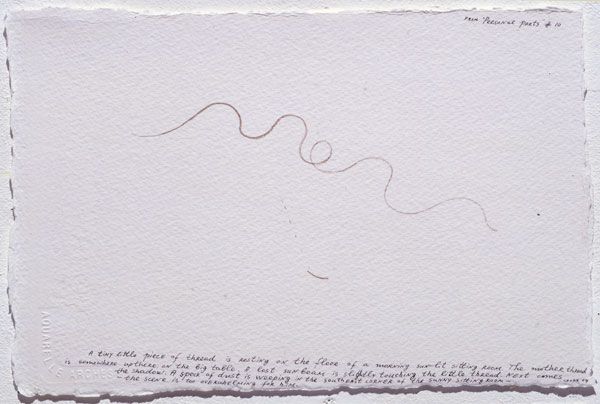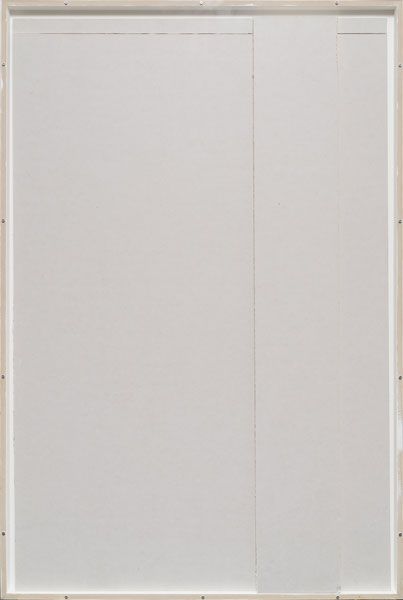ANDERS CLAUSEN
RICHARD EVANS
VALIE EXPORT
SIMONE GILGES
LARS LAUMANN
NEDKO SOLAKOV.
Curated by Richard Evans. 15 May 2008 - 20 June 2008
Foxy Production presents NUL, a group exhibition curated by London-based artist Richard Evans. Nul brings together seven European artists, including Evans, Salvatore Arancio, Anders Clausen, VALIE EXPORT, Simone Gilges, Lars Laumann, and Nedko Solakov, whose work relates in differing ways to loss, reduction or vacancy. Combined, the works in Nul produce an uncanny sense of dissolution.
Salvatore Arancio’s photo etchings depict bizarre natural phenomena in strange ancient landscapes. Collages of the old and new, they trade on the aesthetic pleasures of visual histories. They embody a fantasy of Gothic nothingness that is underscored by a surreal desire.
Anders Clausen’s sculptural heads on wooden pedestals elicit a curious familiarity, with their combination of the allegorical and the historical. His zombie-like figures have reduced their art historical references – to Jacob Epstein, Ben Nicholson, and Dieter Roth – to a humorous yet subtle amalgam.
Richard Evans’ Plexiglas boxes – titled by their dimensions – consider the possibility of absolute zero. These almost empty vitrines contain remnants of works that have been abandoned by the artist, left to gather dust in a corner of his studio for a year. Hygiene products, wax, candles and dust produce landscapes of comic emptiness that are at once a portrait, an environmental calendar, and an image in negative of his studio.
VALIE EXPORT’s sculpture Dead People Don’t Scream pointedly references an existential interpretation of nothingness, visualizing the experience of an emotion so extreme that a face becomes a terrifying vacuum. Her photographic series, untitled, presents stony figures intertwined with angular architectural structures, creating a dynamic tension between the construction of identity and its dissolution.
Simone Gilges produces very particular and concise arrangements of photographs and objects. For Nul, Gilges places re-photographed images, fabrics, and found objects in enigmatic relationships with one another. She presents a constellation that is mysterious, monstrous, conjured and ethereal. The work’s elements coalesce in a psychological scene of both curiosity and closure.
Lars Laumann’s Hatful of Cocteau is a screen-print of an article from an issue of La Liberation devoted posthumously to Jean Cocteau. It includes an image of a man with an illustration from the artist’s publication Le Livre Blanc tattooed on his shoulder; the same image was also used on Morrissey’s Hatful of Hollow album cover. Laumann’s work focuses on how images and objects can act as both romantic connectors and empty ciphers.
Nedko Solakov’s Personal Parts drawings combine body parts with poetic writing about them, engendering strange insights into the human body as a whole. Simultaneously comedic, macabre and enlightening, they are dark fables about people reduced to their elements.
















